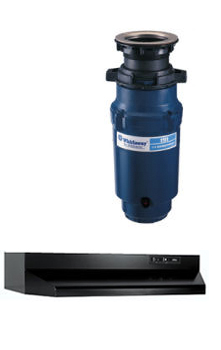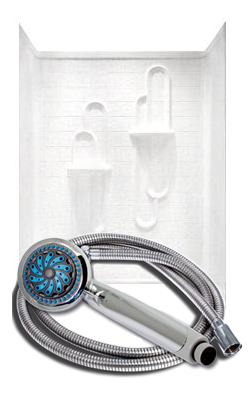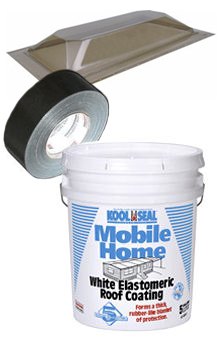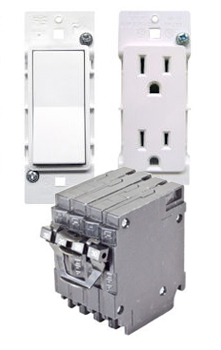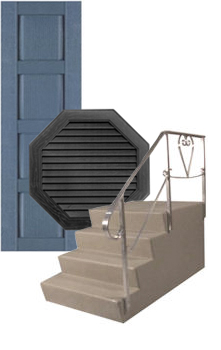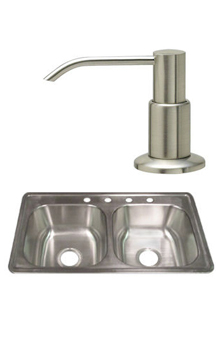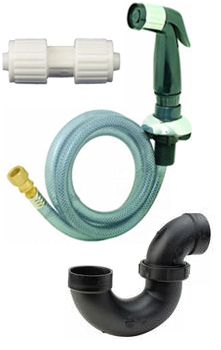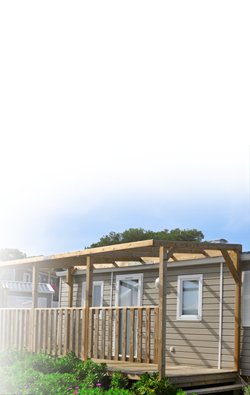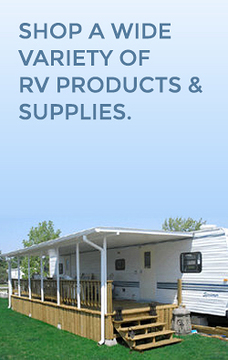
Like most flocks, snowbird RVers make their journey south soon after the weather changes and the first flakes begin to fall. Which means winterizing an RV and making sure an old furnace is still in working order isn’t too high of a priority. For those that enjoy the icy chill of winter, however, preparing an RV for low temperatures and snow is a much needed undertaking.
Without most of the insulation and double-paned windows found in most homes, RVs are prone to condensation and heat loss – which makes staying comfortable in the winter months a bit more complicated than a few extra layers and a couple of blankets.
Having the right RV furnace is vital.
Not only will it keep you and your family warm, but it’ll help keep your RV in proper working condition.
Below we’ve compiled a guide to simplify the RV furnace buying process – including what to look for when buying, comparing types, and repairing an older model if you have one.
- 1. Finding What Works for You2. Comparing Propane and Electric Heaters3. Making Necessary RV Furnace Repairs
And if you already have an RV furnace, feel free to skip part 1!
Finding What Works for You
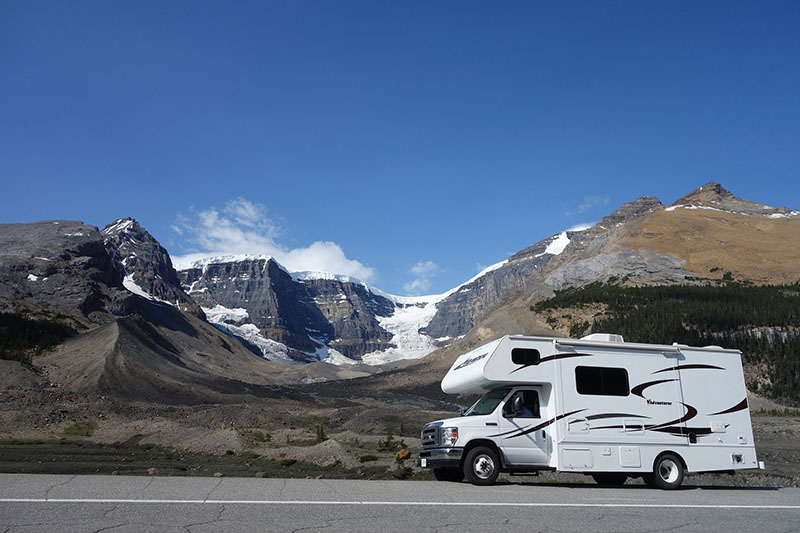
There are three important factors to consider when first looking at a furnace for your RV: size, heating needs, and budget. However, before all that, it’s important to first remember that mobile home furnaces are completely different from site-built furnaces. They don’t operate the same way as most home furnaces in that they’re smaller, designed to sit safely up against walls, and are connected to smaller ducts. So make sure you’re looking at RV furnaces and not home furnaces when you start shopping around!
- Size: The first thing to look at when deciding on a furnace to buy is its size. If you are looking for a standard suburban RV furnace, you are going to have to keep to very specific measurements. Whereas if you decide to go with an electric heater, you aren’t as limited in space.The larger the furnace, the more heat/area it’s likely to cover as well. However, keep in mind, the area both of these furnaces provide heat to can vary greatly. Which takes us to our next point –Heating needs: Another important area to consider when looking at furnaces is the size of the space you want to heat. For example, do you want something that heats your entire RV or are you looking for something with more localized heat? Propane/Gas furnaces typically run through vents, pushing hot air throughout the whole RV, while electric furnaces usually provide heat to a small area.
Budget parameters: Lastly, what are you willing to spend? After all, the amount you pay for a furnace usually extends beyond the initial asking price. For example, ask yourself “Will the efficiency of the heater lead to savings beyond its cost?” You should also consider the condition of your ductwork and any accessories that may be necessary to operate the furnace – such as a thermostat or a filtration system for allergies.
Comparing Propane and Electric Heaters
One of the biggest debates when looking at a furnace for your RV is choosing between an electric heater and a propane/gas furnace. While both have their pros and cons, a lot of it comes down to preference and how you plan to spend winter. For example, RVers moving from park to park with free electricity hookups are likely going to look for something quite different from winter boondockers.
Still, whether you’re looking for an electric option like a Nordyne Electric Furnace or a more traditional gas furnace like a Revolv Heat Pump, there are a few factors that can help make your decision easier. Be sure to look at a furnace’s energy requirements, efficiency, ease of installation, and heating capabilities – all weighed against initial cost, of course – before you buy!
Here is a basic break down:
 Propane/Gas Heater
Propane/Gas Heater
● Comes standard with most RVs
● Operate within 25-35 BTUs per square foot in warmer climates, but 45-60 BTUs per square foot in colder climates. (To get your own minimum BTU rating, multiply these numbers by your unit’s square footage).
● Utilize an integrated fuel tank that can be used to heat water and cook with
● Uses oxygen as it burns, which leads to condensation. To combat this, most propane furnaces use a large blower system to bring outside air inside.
● Some can be installed under the floor and out of the way
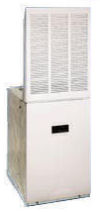 Electric Heater
Electric Heater
● Most operate somewhere between 500 and 1500 watts.
● Rarely cost more than $50 apiece
● Can be installed as an in-wall unit, like a propane furnace. However, you may need to check on installing ductwork and vents.
● Portable.
Now let’s look at some the pros and cons!
Propane/Gas Heater
Pros
– Familiar and convenient
– Usually attached to a duct system that pushes heat through entire RV
– Comes with most RVs so no need for installation
– Should last at least 10 years
List
Cons
– Inefficient (pushes a lot of hot air outside in the process of pulling in fresh oxygen)
– The duct system makes it difficult to heat one small area, so both heat and propane are wasted
– Can be expensive to continuously refuel
– Ducted furnaces depend on a fan to circulate the air, however this fan can draw a lot of power and may drain a battery
– Noisy
List
Cons
– Can overheat or topple over
– Takes longer to heat entire RV, if they can
– Pricier to operate without connection to free electricity, which is not always guaranteed at a campsite (a problem for boondockers)
Electric Heaters
Pros
– Clean energy
– Can be cheaper to buy
– Heat smaller areas which means they will waste less energy
– Quiet
Of course, the pros and cons will vary depending on your needs. For example, an RV with a diesel engine may be better off using a propane heater like an Eberspacher, which pulls directly from the fuel tank and is known for its reliability. While those with allergies may prefer a radiant heater, which heats from the inside out, thus avoiding the need for a circulating fan and the dust that comes with it.
Making Necessary RV Furnace Repairs
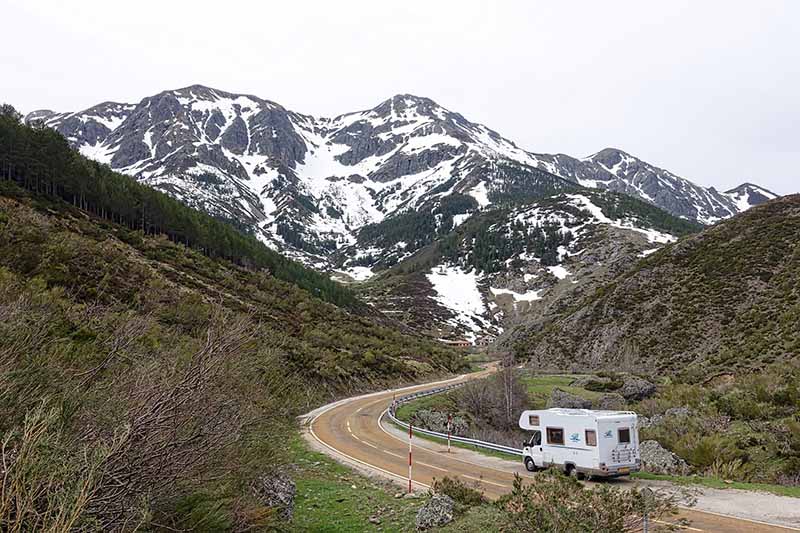
If you already have a furnace, now is the time to check you’re getting everything out of it that you should. A simple rule of thumb is to replace your furnace once the cost of repairs approach 30% of the value of the system.
So if you’re experiencing duct problems, inadequate insulation, or equipment malfunction leading to an influx of dust, pollen, and mold, it may be time to replace your furnace.
However, while replacing an electric furnace can be done on your own, attempting to replace a gas furnace requires some background experience of working with gas and electricity – as well as an HVAC technician (don’t try it alone!). So before it comes to that, here’s a simple troubleshooting guide by the RV Repair Club, covering what to look for when your furnace isn’t working quite right.
And if you find you need any RV furnace replacement parts to get the job done. We’ve got you covered.
Sources
How to Stay Warm in Winter
Selecting an RV Heater (Without Going Broke)
RV Heater – How to Install


